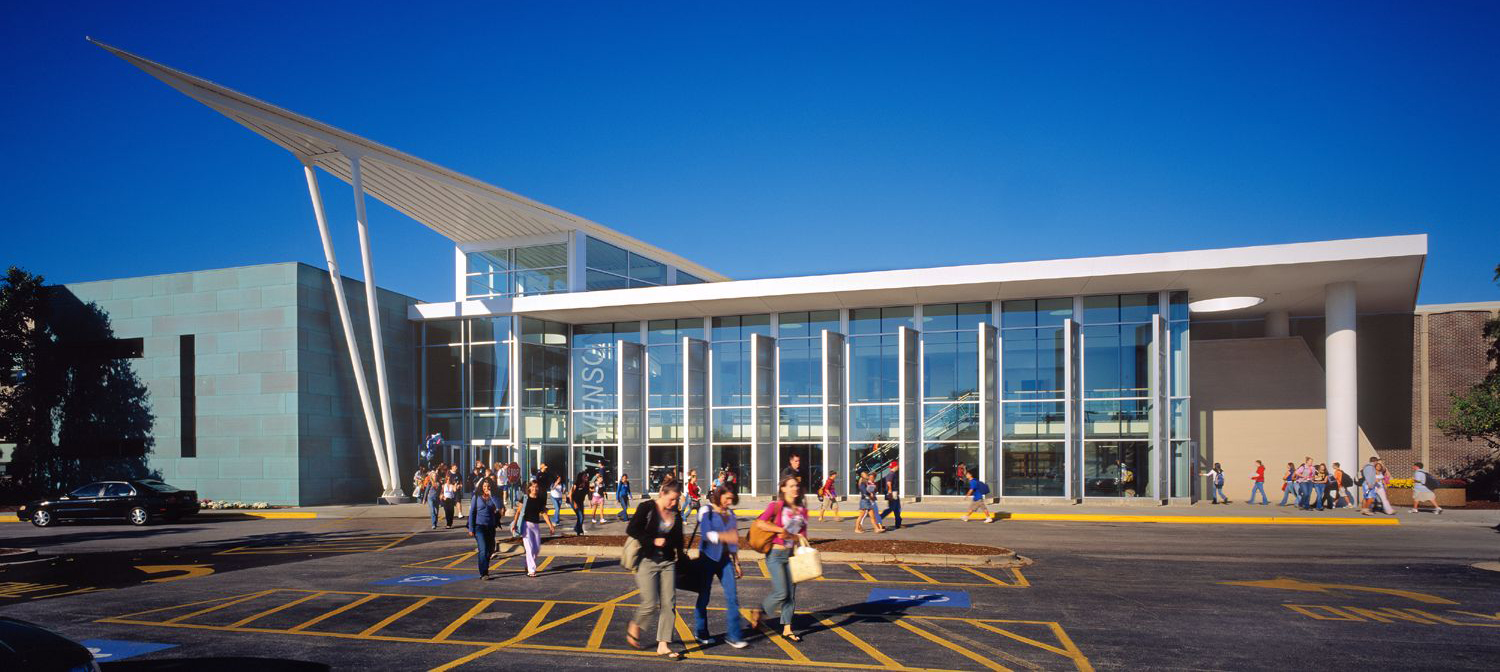Code Green Solutions


K-12 schools spend $6 billion annually on energy costs
The U.S. Department of Energy have funded a guide aimed at offering clean energy financing options for K – 12 schools, specifically for “comprehensive” energy projects, or those that “involve multiple measures and are targeted toward achieving significant energy savings,” and involved “significant” capital outlays that generally necessitate financing. These measures include replacing lighting, adding insulation, replacing heating and cooling equipment, installing energy management systems and controls, adding solar photovoltaic systems, and replacing windows, doors and roofs.
The guide points out that while K – 12 schools spend $6 billion every year on energy, high upfront capital costs mean that there are significant challenges to raising funds for improvements to reduce those costs – for example, convincing local taxpayers to spend on retrofitting efficient lighting systems instead of a building a new gymnasium. Those difficulties may lead schools to invest in simple projects with low initial costs, but often at the risk of preventing schools “from capturing more significant long-term benefits that result from more extensive and capital-intensive retrofits.” Instead, the guide recommends analyzing a range of opportunities and pursuing a plan that leaves the best suited options open in a large scope plan.
The guide points to grants and internal cash as the most direct and often times simplest means to pay for improvements. However, bonds and leasing agreements are more commonly employed by schools. Although it is unusual for projects with costs lower than $5 million to be financed through bonds (the high transactional cost associated with bond issuance would render that financing mechanism inefficient), they are sometimes wrapped together for larger municipal bond issuances. The guide outlines several types of bonds and the processes involved in utilizing them to finance energy improvement projects.
Leasing agreements are described as a fast and flexible lending tool, but are associated with higher costs for schools (instead of taxpayers, as with bonds). Leases also have the advantage of not being subject to voter approval. One form of leasing agreement – a tax exempt lease-purchase agreements – allows public sector agencies to draw on dollars to be saved in future utility bills to pay for new, energy-efficient equipment and related services today. The guide goes on to describe other leasing agreements and their pros and cons.
For school administrators and others interested in pursuing energy improvements for schools, this guide is a great resource to get the ball rolling.